Aphid Control
Aphidoletes, Hippodamia (convergent lady beetles), Chrysoperla (green lacewing) larvae, Aphidius and Aphelinus are used depending on environmental conditions and aphid species. Aphidoletes are proactively introduced in low numbers onto low-level aphid populations. If aphid populations increase as growing temperatures warm up, adding green lacewings will help. In cold weather (before it is warm enough for lacewing eggs to hatch) lady beetles, when available, are an effective predator. Aphidius and Aphelinus (specific to different aphids) are more cost-effective in greenhouses than outdoors. Insect Food and Predalure will also help draw in beneficial aphid predators. Plants with flowers will also attract lacewing adults and other beneficials. Ant control is also critical for this honeydew producing pest. Lacewing products are the most cost-effective aphid control.
Lacewing Products
Bulk lacewing eggs in a cup
Lacewing Larvae in buckwheat
Lacewing eggs on cards
Lacewing eggs in rice hulls
lacewing honeycomb units
Lacewing Adults
More Beneficals
aphidoletes aphidimyza
aphidius ervi
Aphelinus abdominalis
Aphidius matricariae
Aphid control species blends
Aphidius colemani
Hippodamia convergens-Ladybug
Ant control
Knock-Down Soft Pesticide Sprays
Sticky Cards
Root Aphid control
Preventative measures to combat Root Aphids are a growers best bet. Once established, Root Aphids can be very difficult to eliminate and can spread. Applying Stratiolaelaps prior to planting is the best preventative measure to combat Root Aphids. Dalotia coriaria (rove beetles) are also predators to Root Aphids. Beneficial nematodes can also be beneficial.
Once established, root soaking with knock-down soft pesticides in conjunction with beneficals have been shown effective.







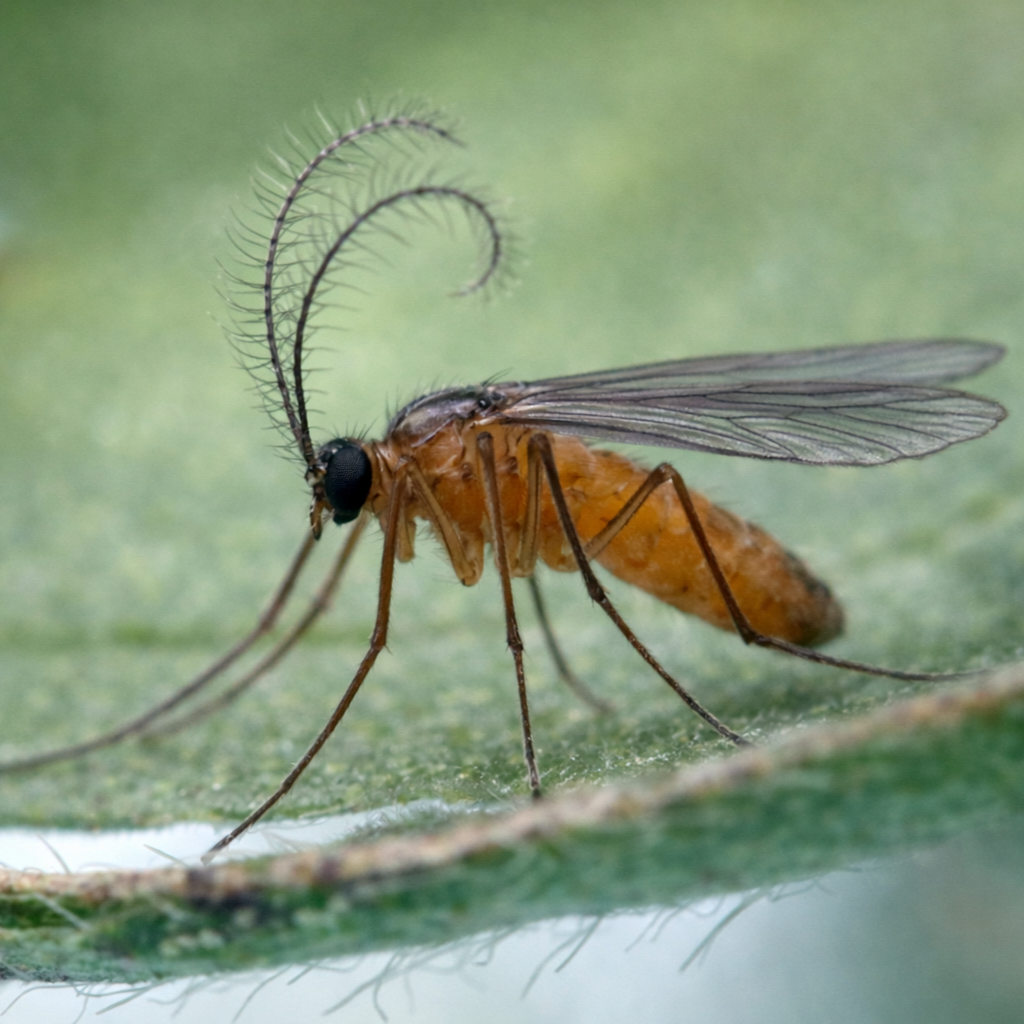




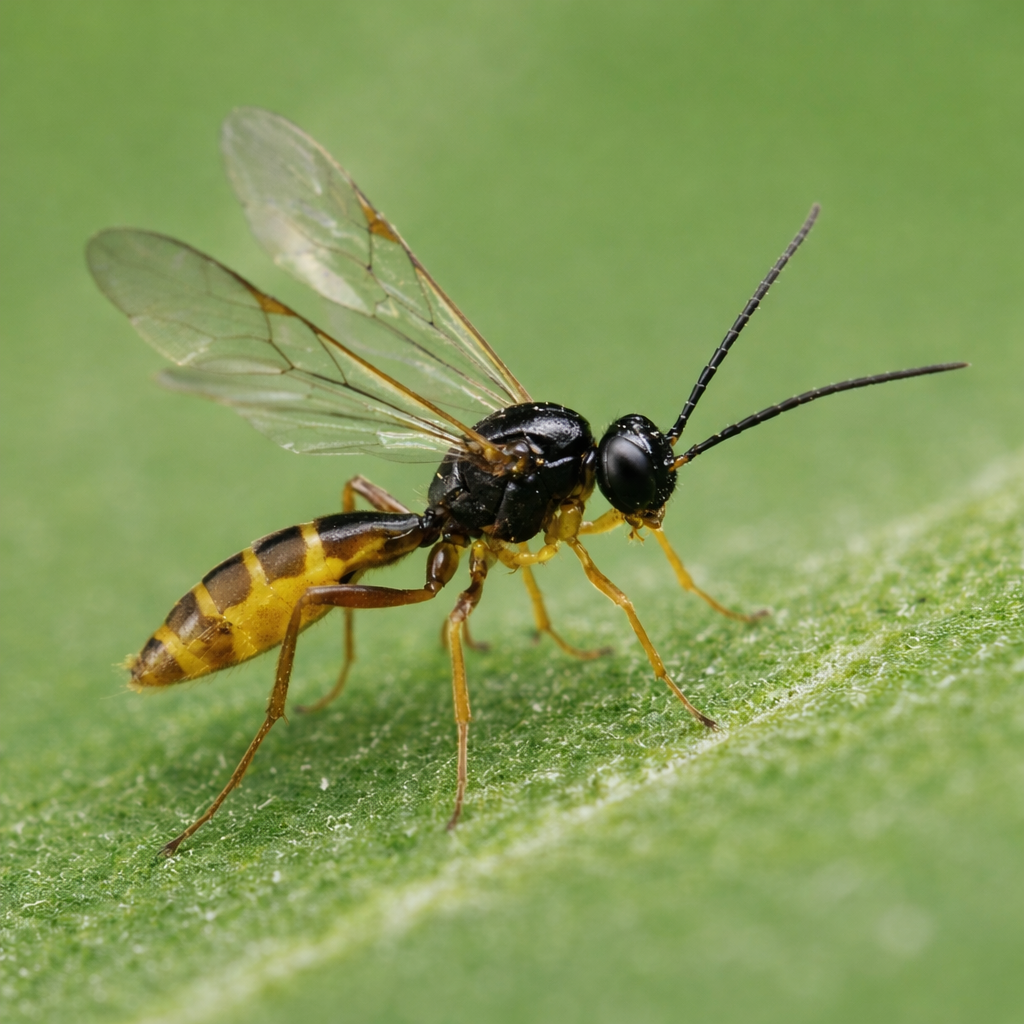
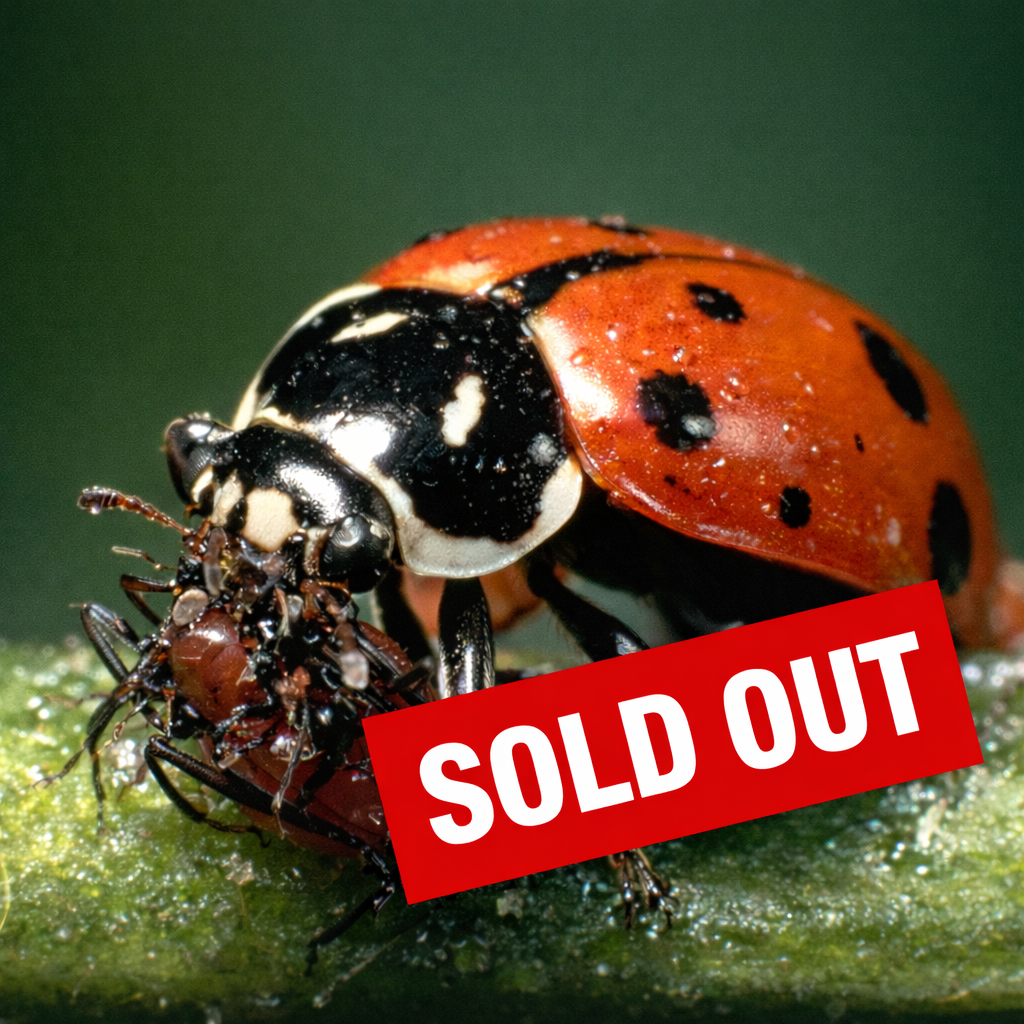
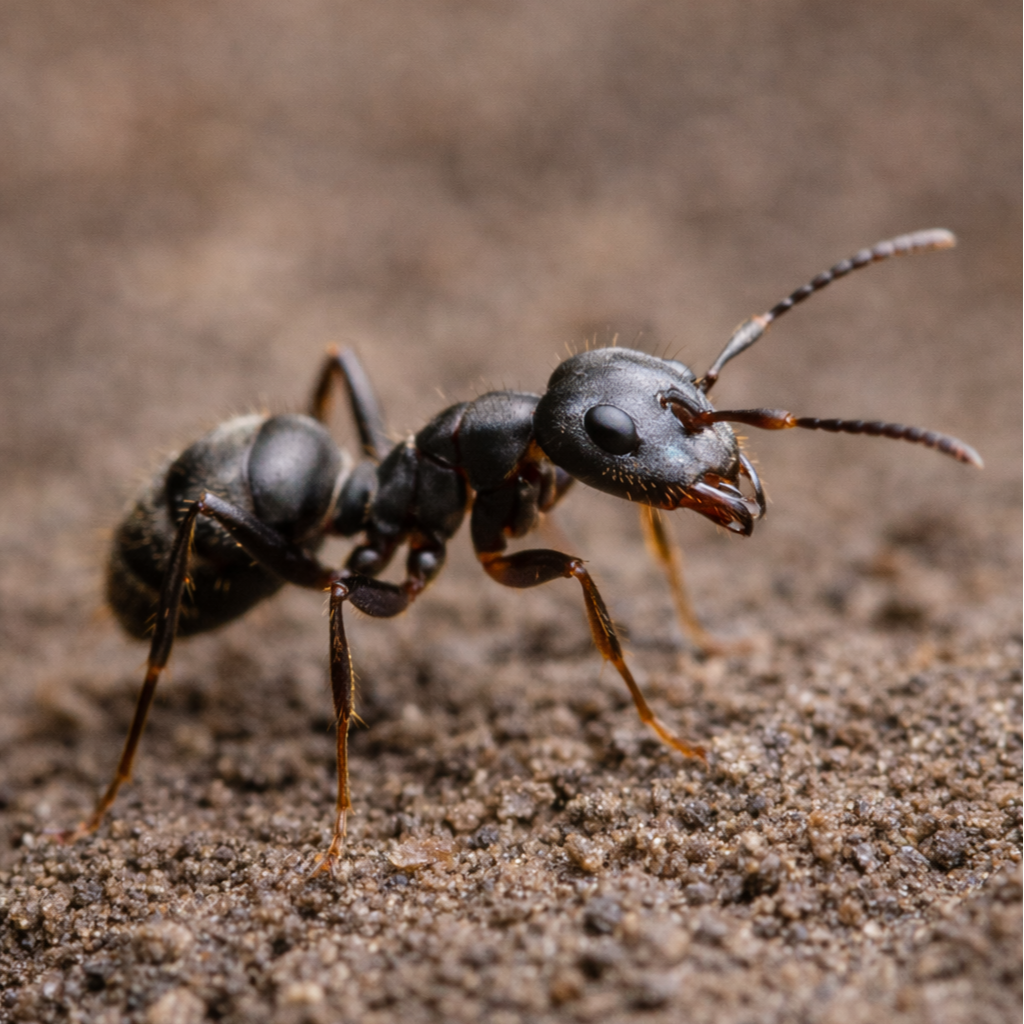
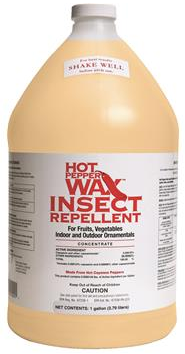





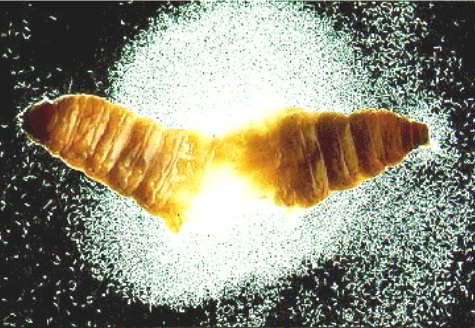
100% pure cold-pressed neem seed (Azadiracta indica) oil that makes a great plant wash. Contains azadirachtin and other phytochemicals that act as natural insect growth regulators and anti-feedants.
Dilute 1 part oil to 40 parts water with 1% soap or detergent (3 oz per gal water with 1 oz soap or 2 tsp per pint water with 1 tsp soap) for a plant wash. Spray once a week, 2-3 times.